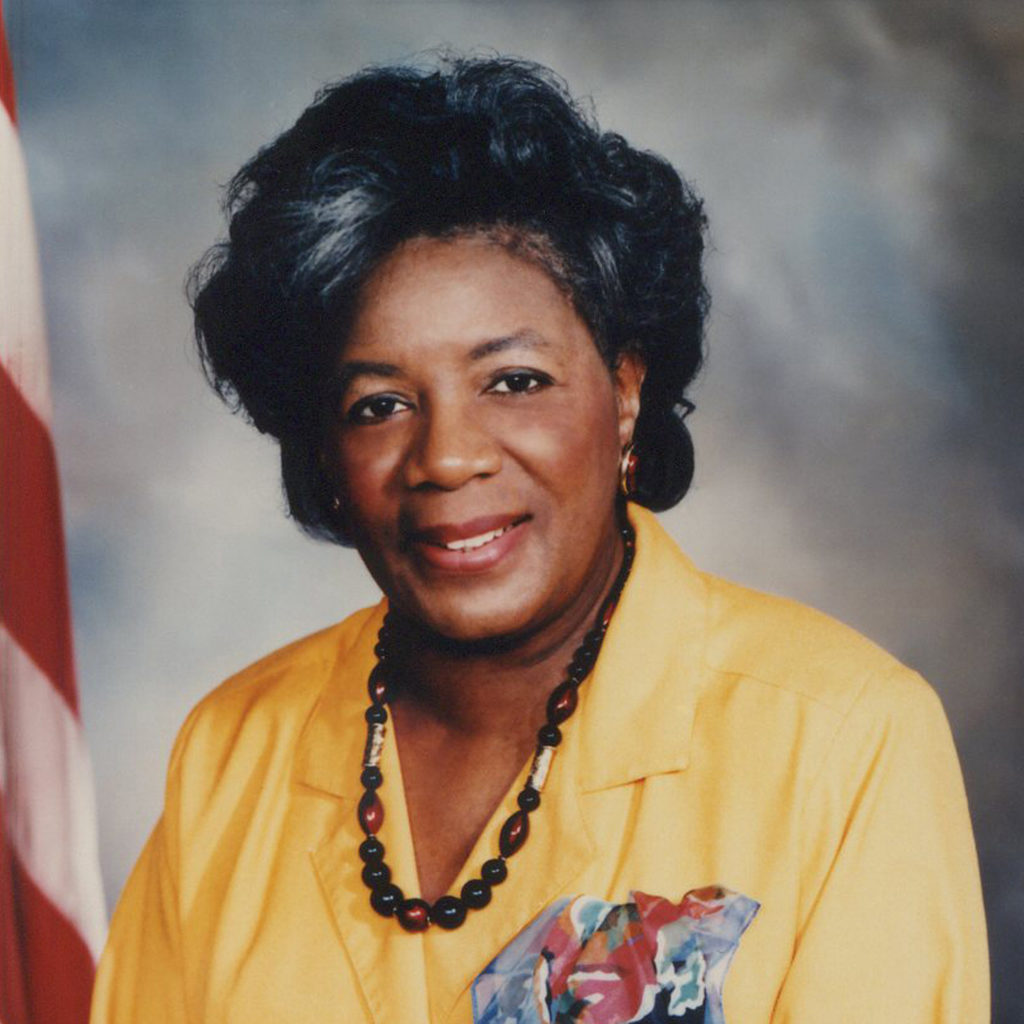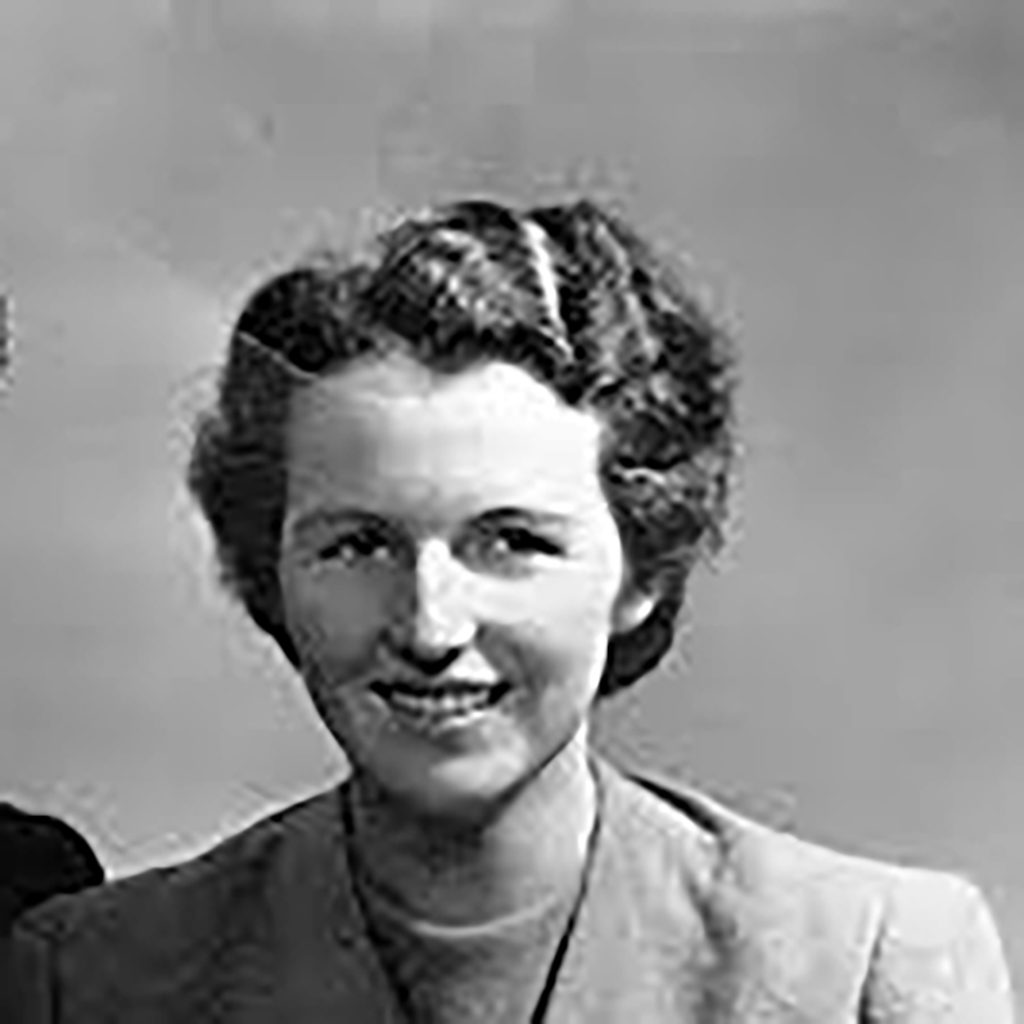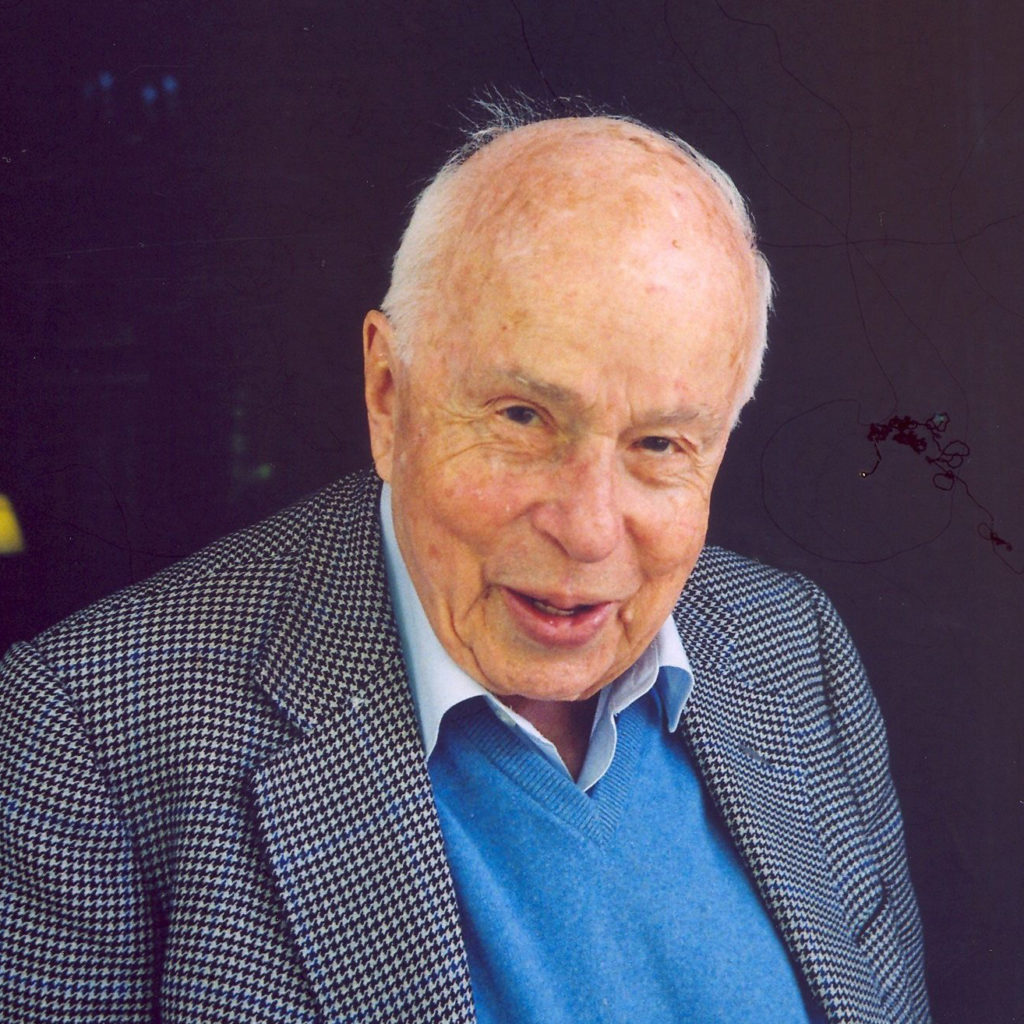The men and women who have worked so hard to to protect us in war and peacetime, breaking codes and ciphers and devising cryptographic systems to protect our communications and data are, for the most part, invisible to us. Their friends and families may know that they work for the government or “in computing”, but their real work is sensitive and often classified and their true skills only known to a few. Here we thought it would be nice to acknowledge some of their forebears and their achievements. We will be adding new ones from time to time, and if you have a favourite we should know about, why not post something in the Forum. It may find its way here!

ALAN TURING must be one of the most famous cryptographers to have ever lived. His work at Bletchley with the team that cracked the Enigma machine shortened the Second World War and saved many lives. He was a prodigious mathematician who made fundamental contributions to mathematical logic, but he also loved to tackle applied problems. His development of a theory of computation led to the design of the modern computer while his work on the reaction diffusion equation gave an explanation for how animals developed stripes and spots. Beyond his work he is an icon to the LGBTQ community.

MINNIE MCNEAL KENNY had a long and distinguished career at the NSA, the US equivalent of GCHQ. Unlike many African Americans of her generation she was allowed to work in an integrated division at a time when many others were segregated. She joined as a communications clerk and rose through the ranks to hold many senior posts, including Assistant Director. In her 43 years at the agency she received NSA’s two highest awards: the Meritorious Civilian Service Award (1980) and the Exceptional Civilian Service Award (1984).

MAVIS BATEY doesn’t look like a spook, but then the successful ones never do! At the age of 19 she joined the team at Bletchley Park working on the Italian Naval Enigma. A gifted linguist with a talent for codebreaking, she became an indispensable member of the group. Her breaking of one message between Belgrade and Berlin enabled Dilly Knox’s team to determine the wiring of the Abwehr Enigma, which had previously defied all efforts to break it.

ROLF NOSKWITH was rejected for a job at Bletchley on security grounds despite being a talented mathematician and German speaker. In an atmosphere of heightened suspicion during the early war the establishment was suspicious of those who were not British born and he returned instead to his studies. A year later he was interviewed again and this time he was accepted into the community at the Park. He joined Hugh Alexander’s. team working on the German Naval Enigma and became an expert at the art of using cribs to crack the cipher.